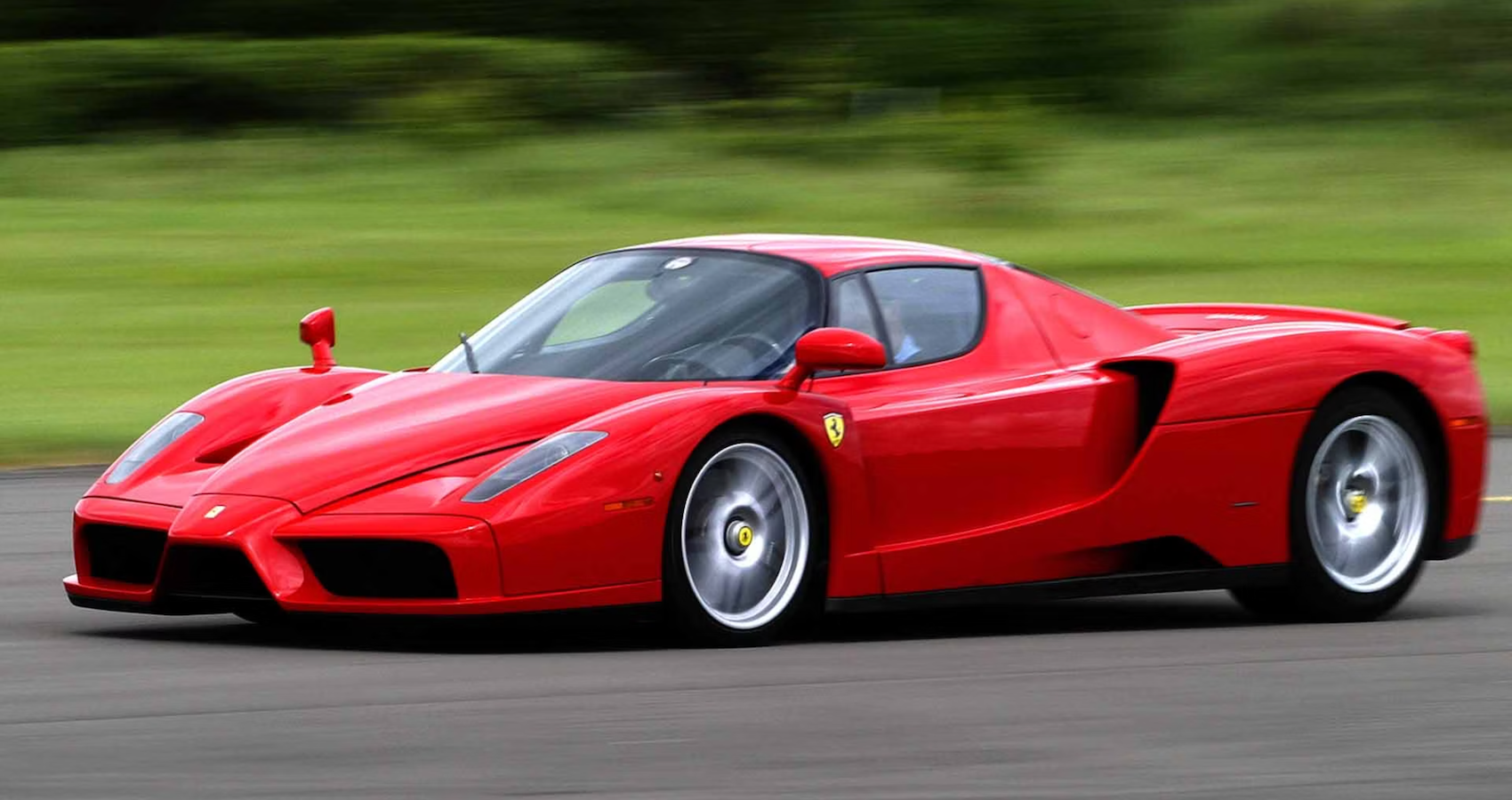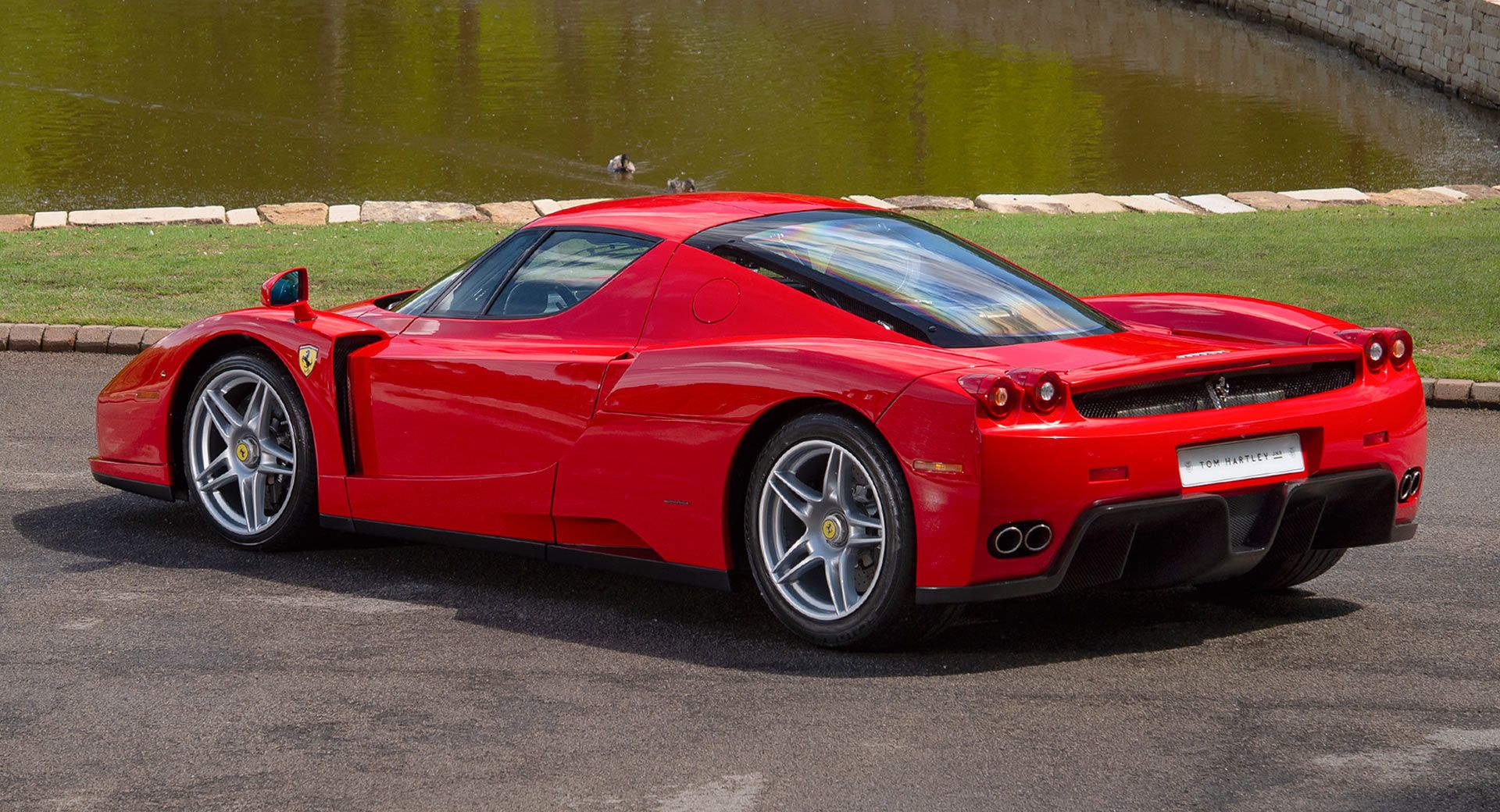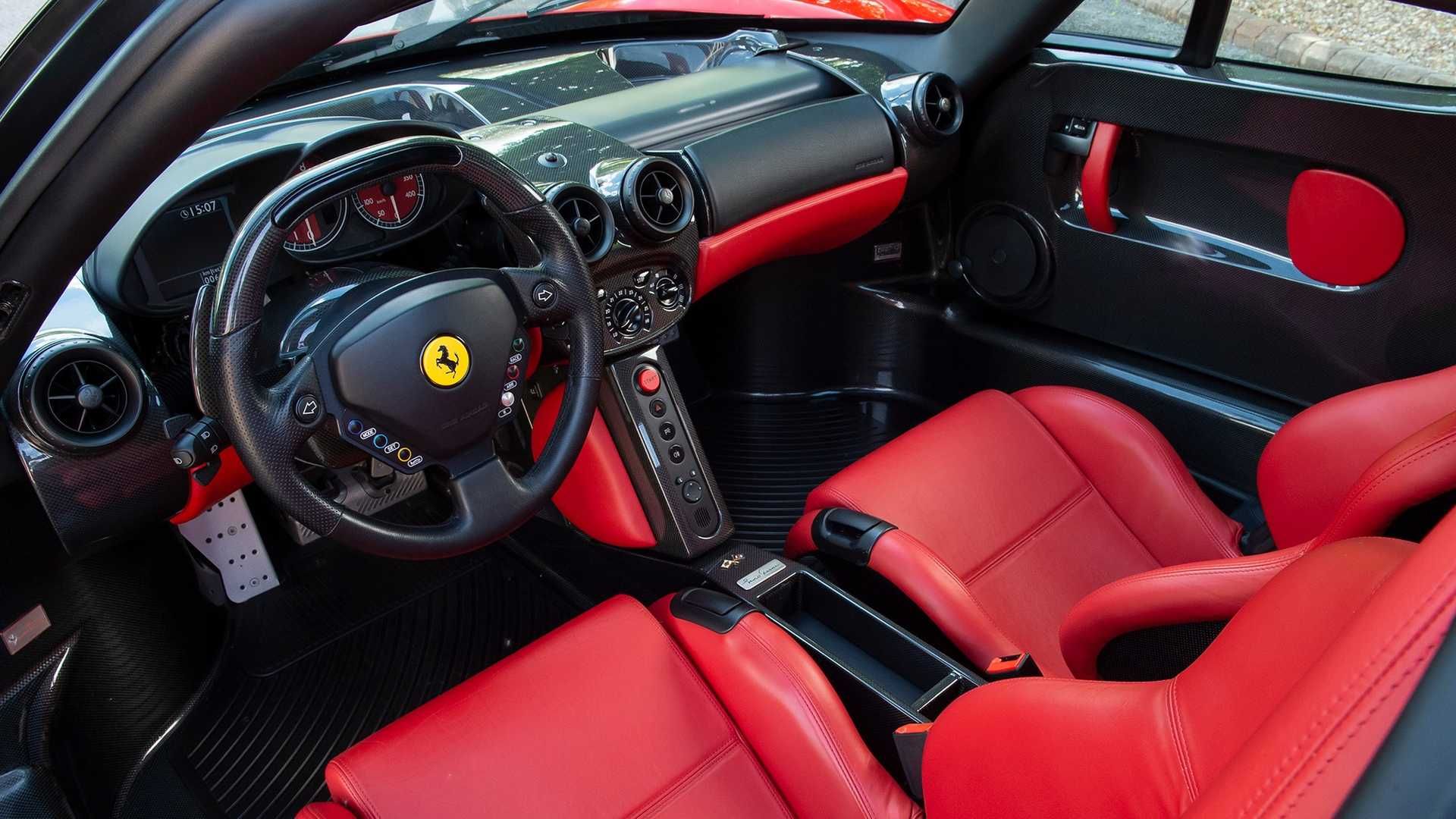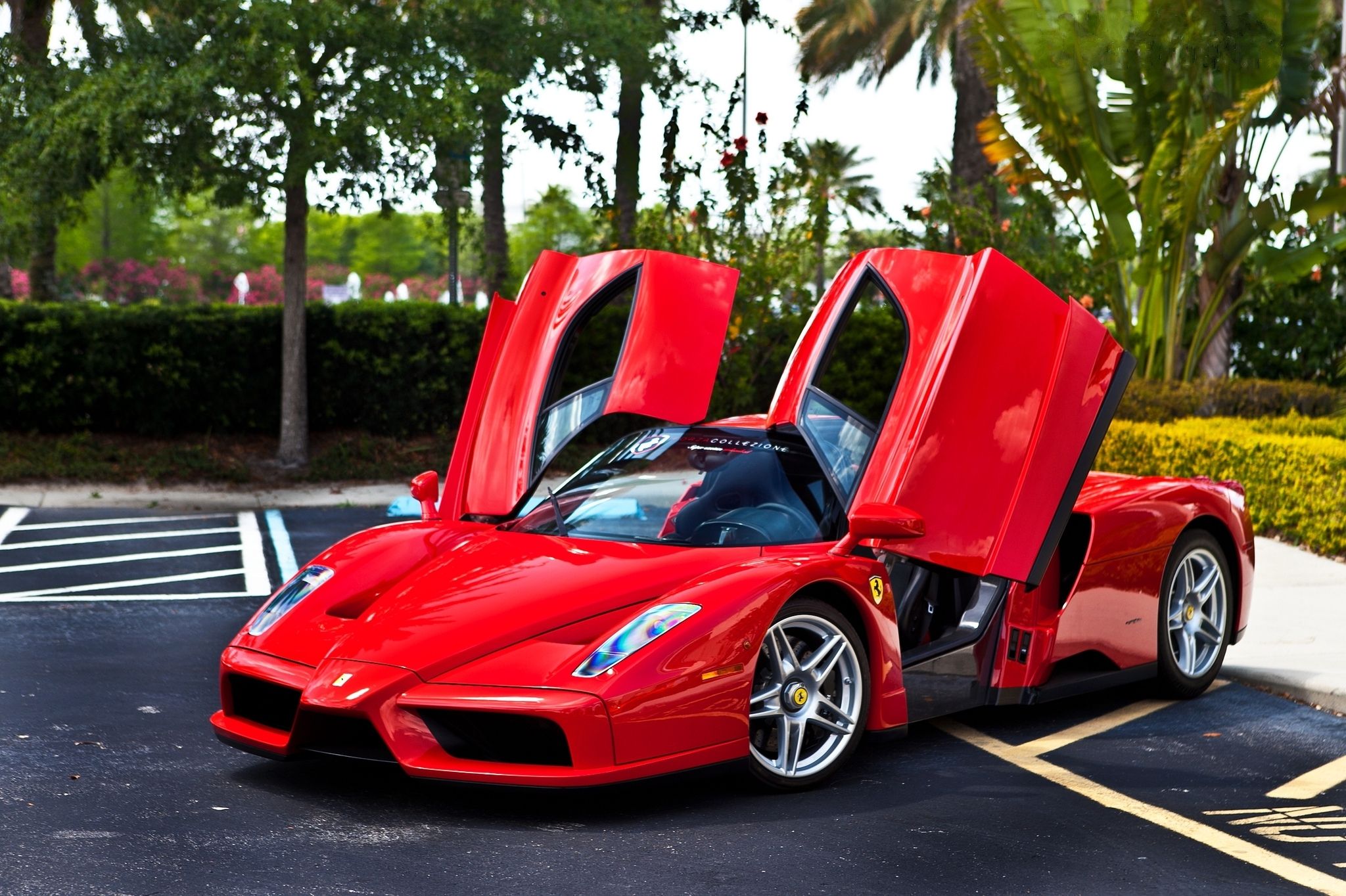Certain iconic vehicles manage to maintain their brilliance despite the competition from newer models, and the magnificent Ferrari Enzo is an absolutely great example. There is no such thing as a genuine automobile enthusiast who is unaware of the Enzo. Did you know that it debuted with some of the most cutting-edge track-derived technology available at the time? In this article, we'll look at Ferrari Enzo and try to figure out what made it so great.
Throughout its history, Ferrari has developed numerous supercars that have exemplified the utmost height of what is possible in terms of technical development. Extremely high-performance automobiles like the F40, 288 GTO, and F50 are all part of this group, which was expanded in 2002 with the addition of the Enzo. Not only did each of these automobiles have industry-leading performance, but each one was also produced in limited numbers.
Ferrari Enzo was created with technologies derived from Formula 1, such as a body made of carbon fiber, an automated-shift manual gearbox, and carbon fiber-reinforced silicon carbide ceramic composite disc brakes. As for the chassis, it was made entirely of honeycomb sandwich structures made of carbon fiber and aluminum. This was done to save weight, make the car safer, and improve its performance.
Ken Okuyama Of Pininfarina Was Responsible For The Enzo's Design
Both in terms of shape and functionality, the nose cone of a Formula 1 vehicle served as an inspiration for the front part of the Ferrari Enzo. The composite flanks have been molded in such a way as to channel air flows, which results in excellent internal fluid dynamics. Instead of using overt aero assistance, the experts decided to go with a ground effect that was very effective and far more unobtrusive. Because of this, the back part of the vehicle did not have the huge rear wing that we are all accustomed to seeing.
Actually, the F50 would become famous for being the first automobile to use road-legal Formula 1 technology. The Enzo, on the other hand, provided a variety of options that were more focused on combining track and street use. Consequently, several Enzo-inspired innovations made their way into subsequent Ferrari models. These include, but are not limited to, the extremely lightweight and compact V12 engine, carbon fiber brake discs, a human-machine interface, aerodynamic elements, and a great deal more.
The brand-new Ferrari Enzo ushered in a new age of interior design. Because of the severe stance of the vehicle, its tiny size, and the weight reduction aims, the interior was designed to be just functional. The driver-car connection worked more effectively than it has in the past. Every step was taken to put the driver in the best possible position so that he could extract the maximum amount of power from the high-performance vehicle.
Furthermore, none of the primary surfaces had any embellishments other than plain carbon fiber. In the meantime, the steering wheel was packed with buttons and switches that controlled various aspects of the car. Yes, just like a Formula 1 car. It was possible to mix various sizes of backrests and seats to get the ideal driving posture for the individual owner, taking into account their particular body type and driving preferences.
A Naturally Aspirated 6.0-liter V12 Powers The Ferrari Enzo
When designing Enzo's 65° V12 engine, Ferrari relied heavily on their F1 expertise. For the new V12, achieving an unmatched combination of power and torque was paramount. It has a 6.0-liter displacement, 660 horsepower at 7800 rpm, and 485 lb-ft of torque at 5500 rpm. All the power was sent completely to the back wheels using an F1 six-speed automated manual gearbox.
Thanks to this engine, the supercar achieved 62 mph in 3.1 seconds, completed the quarter-mile in 10.8 seconds, and was capable of a peak speed of 218 mph. The braking system of the Ferrari Enzo was created specifically for it by Brembo, and it used carbon-ceramic material discs. This was the first time that such discs had been installed on a Ferrari vehicle. The carmaker also made it a goal to shorten the time it takes to change gears so that driving it would feel very athletic.
As a reminder, the Enzo was introduced to the public for the first time in 2002 during the Paris Motor Show, with a limited production quantity of 349 cars and a starting price of $643,330. Ferrari sent invitations to its regular customers, which led to the sale of all 349 cars before they were even built. Eventually, the Italian carmaker agreed to produce an additional 50 Enzos, increasing the total number to 399. Even so, it wasn't the end of it. It was stated by Ferrari in 2005 that they would produce one extra Enzo, increasing the total to 400.




